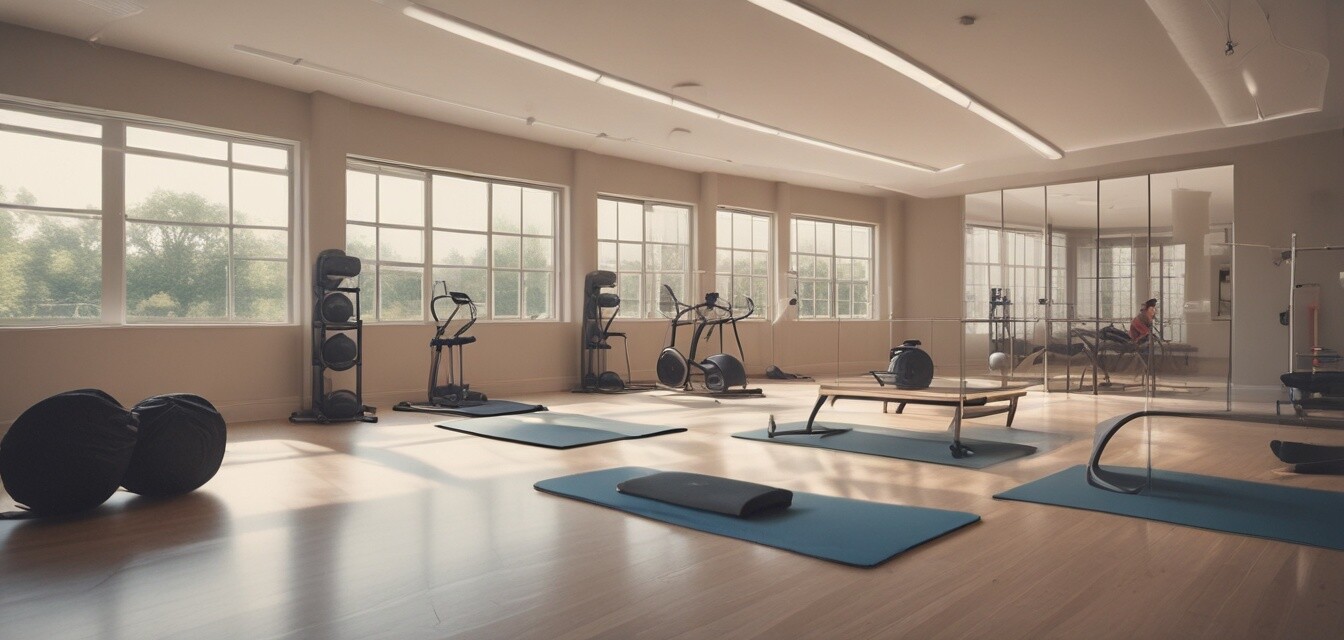
Practical tips for staying active during rehabilitation
- Engaging in light exercises helps maintain mobility.
- Always consult with a healthcare provider before starting any new exercise routine.
- Stay mindful of your body’s signals to avoid overexertion.
- Incorporate the use of supportive equipment such as balance boards and resistance bands.
- Prioritize safety with proper warm-up and cool-down routines.
Rehabilitation can be a challenging time for seniors. Whether recovering from an injury or managing a chronic condition, staying active is essential for maintaining overall health and mobility. However, staying active during rehabilitation requires careful consideration to prevent any injuries or setbacks. In this article, we will explore practical tips that can help seniors remain active, safe, and engaged throughout their rehabilitation journey.
Why staying active is important during rehabilitation
Engagement in physical activities during rehabilitation is vital for several reasons:
- Improves Mobility: Gentle exercises can help maintain and improve range of motion.
- Builds Strength: Sustaining an exercise routine aids in regaining strength.
- Mental Wellbeing: Physical activities can boost mood and mental health during recovery.
- Enhances Recovery: Staying active may promote quicker and more effective rehabilitation.
Consulting with Healthcare Providers
Before starting any exercise program, it is crucial for seniors to consult with healthcare providers. Personalized recommendations can make a significant difference in ensuring safety and effectiveness during rehabilitation.
Creating an Exercise Routine
When developing an exercise routine, consider incorporating a mix of the following elements:
| Type of Exercise | Description | Examples |
|---|---|---|
| Flexibility Exercises | Improve range of motion and prevent stiffness. | Stretching, yoga, water aerobics. |
| Strength Training | Build muscle and support joint stability. | Using resistance bands or light weights. |
| Balance Training | Enhance coordination and prevent falls. | Balance boards, Tai Chi. |
| Cardiovascular Exercises | Increase heart health and endurance. | Walking, stationary cycling. |
Warm-up and Cool-down Routines
Incorporating warm-up and cool-down sessions is essential in any workout. Here’s how to do it properly:
Warm-up
- Gentle Movements: Start with light activities such as marching in place or gentle stretching.
- Duration: Aim for at least 5-10 minutes.
Cool-down
- Gradual Lowering of Intensity: Slowly decrease your activity level to help your heart rate return to normal.
- Stretch: Focus on muscles worked during your exercise to enhance flexibility.
- Duration: Spend at least 5-10 minutes on this routine.
Listening to Your Body
Being attuned to your body's signals is vital during rehabilitation:
- Pace Yourself: Start slow and ease into your routine; do not rush the process.
- Identify Pain: Distinguish between discomfort from exercise and painful sensations that may signal injury.
- Stay Hydrated: Drink enough water, especially during workout sessions.
Safety Measures While Exercising
Implementing safety measures can further enhance the security of your rehabilitation exercises:
- Exercising in a safe environment, free from tripping hazards.
- Using supportive footwear to maintain stability.
- Engaging with exercise equipment that provides adequate support such as balance boards and resistance bands.
Finding Suitable Exercise Equipment
Choosing the right equipment can support your rehabilitation efforts. Consider the following types of equipment as they are often ideal for seniors:
Beginners Section
- Start with Basic Equipment: Light hand weights and resistance bands are excellent starter tools.
- Join a Class: Look for local exercise classes catered to seniors.
- Utilize Online Resources: Explore buying guides for insights on selecting effective equipment.
Pros
- Maintains mobility and strength during recovery.
- Positive impact on mental health.
- Promotes quicker rehabilitation outcomes.
Cons
- Risk of injury if not performed correctly.
- Requires careful monitoring of body signals.
- May require adjustments based on discomfort levels.
Conclusion
Staying active during rehabilitation is crucial for seniors. By following these practical tips, engaging in the right exercises, and always prioritizing safety, seniors can successfully navigate their recovery journey. Don't forget to consult with healthcare providers to tailor an exercise routine that is most beneficial for your needs.
Explore More
For additional tips on maintaining safety while exercising, be sure to check our Safety Tips section. It’s packed with valuable information tailored specifically for seniors.